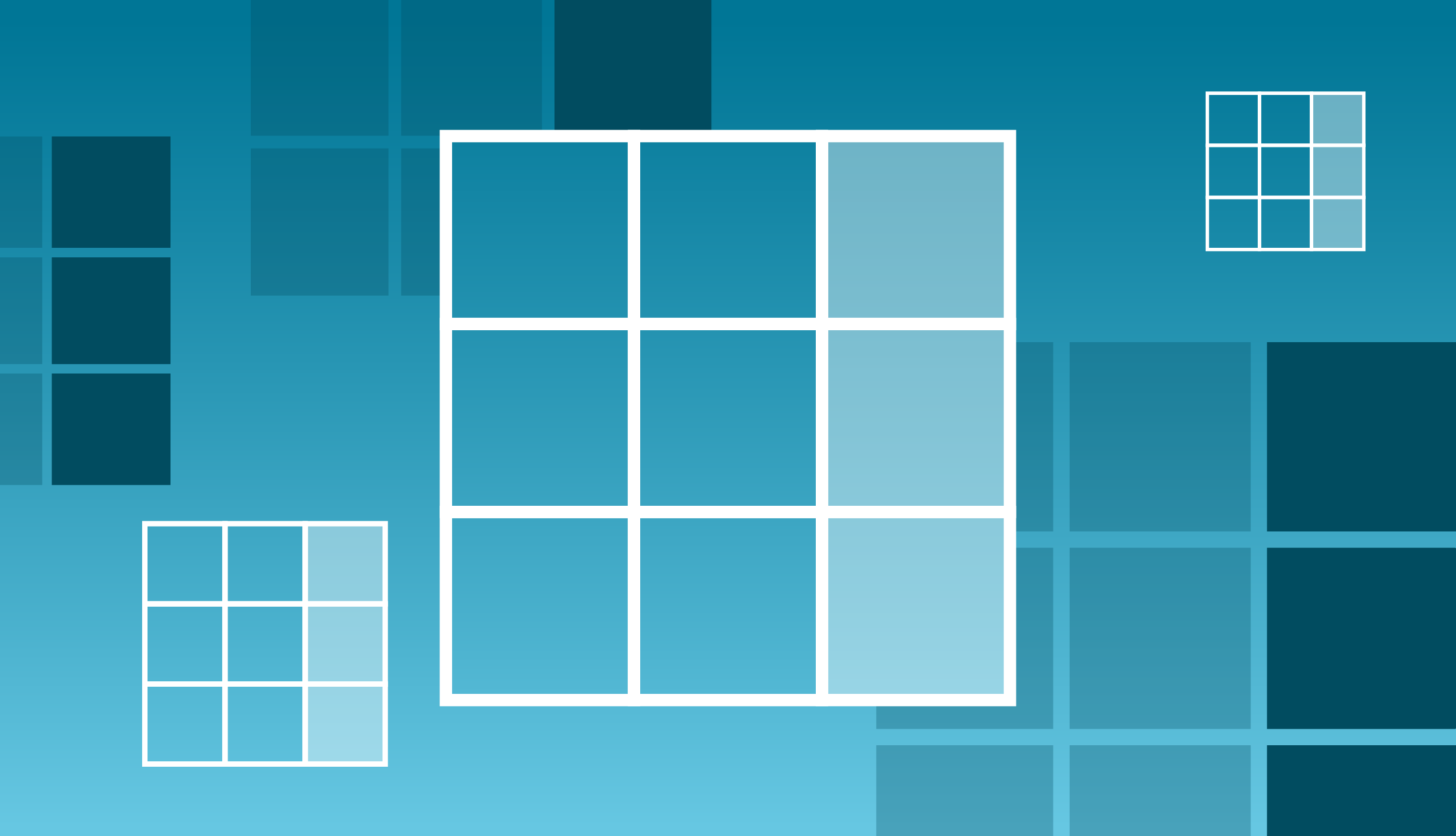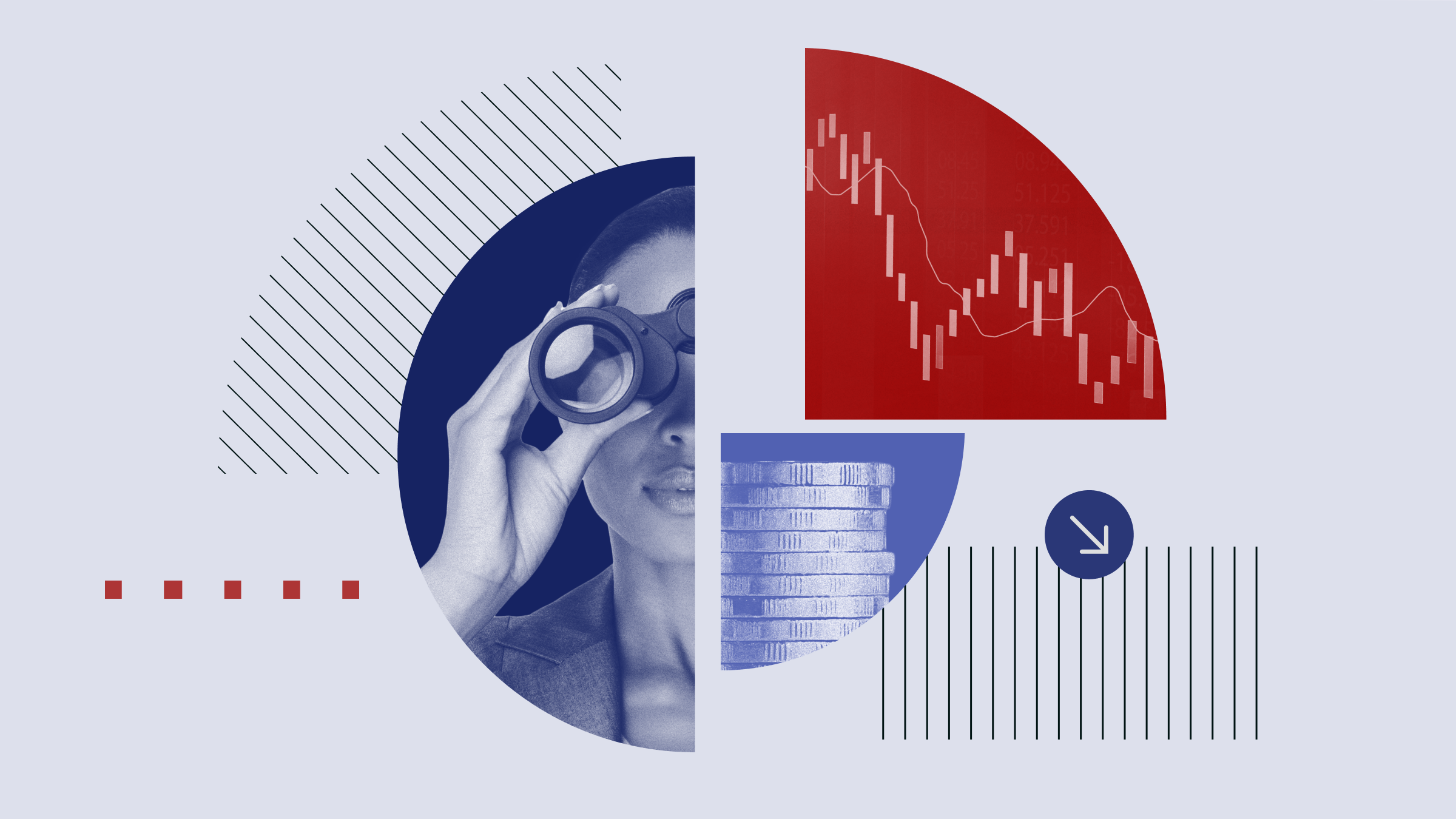
The RRSP contribution deadline is fast approaching, which means that Canadians will be contributing to their tax shelters soon, and likely looking for places to invest. For many investors, all-in-one (more distantly known as ‘balanced’) products are a very reasonable choice for those that don’t have a ton of time to build their own portfolio from the bottom up. These products invest your assets into some mixture of stocks and bonds (and possibly other types of assets), spanning (hopefully) multiple geographic regions via a single investment vehicle.
As a subset, balanced funds are known as target date funds, which come with an extra feature: the mix between stocks and bonds changes dynamically over time. This ‘glide path’ approach is core to retirement planning because it matches the risk inherent in the portfolio to the risk that an investor can afford to take on at a certain point in time. A young investor with a long time horizon can take on a lot of risk and hence will have a higher exposure to stocks (as opposed to bonds). An older investor that’s close to retirement cannot afford to take on much risk and hence would have a much higher allocation to bonds. Target date funds offer the feature of managing this de-risking over the lifespan of the product.
Are target date funds any good? (TLDR; if you’ve decided to stop reading here, then yes, they’re probably a reasonable set-it-and-forget-it option).
To answer this question, I thought to take a quick peek under the hood of some of the larger target date funds available to Canadian investors. Here are the two largest in Canada by assets:
As we can see, these target date funds invest in a combination of other mutual funds, each representing an asset class and region. In many cases, a retail share class version of the underlying funds is available for sale as well. In concept, a retail investor could potentially re-create their own version of this product by buying a combination of ETFs and mutual funds that similarly mimic these mixes.
Can You Do it Yourself?
Though cost is certainly a consideration (i.e. will an investor end up paying more, or less, for the target date fund vs. creating their own?), the bigger question is whether investors who create their own mix have the time and knowledge to do so. Can they select funds that represent each asset class and region, and in a combination that accurately reflects the amount of risk they can take on? Here's what it looks like:
Indeed, if we look at the historical mix between stocks and bonds, both products seem to do as advertised, albeit one with more consistency than the other. Will you, as an investor have the discipline to do the same, on your own?
Do You Have What it Takes to De-Risk?
The concept of de-risking is paramount as it relates to your financial goals. Being highly exposed to risky investments (like stocks) close to retirement is like playing with dynamite – there’s a chance it might blow up. Target date funds take this important task out of investors’ hands, which for many people is a distinct advantage.
All this said, like most all-in-one products (financial or otherwise), there isn’t much in the way of customizations. For example, an investor might want to find a target date fund that invests actively in a particular segment of the market. More importantly, many larger products (like those mentioned above) largely utilize their own in-house managers for most elements of the asset mix. Although it’s possible, it’s unlikely that every manager on the roster is the absolute best available for that asset class within the product. However, it’s important to be reminded that the very inclusion of the asset class altogether will make a larger impact on returns than the selection of the manager within an asset class. Put in other words, picking an ‘average’ manager to oversee your US bond exposure is better than not having a US bond portfolio at all. Based on the OSC’s recent survey of investor knowledge in Canada, the majority of Canadians should be concerned about the latter over the former. Hence, target date funds offer a reasonable option for those that value the de-risking feature.
All this said, if you end up working with an advisor, it is now required that they update your risk profile at least once every 3 years (or more frequently if they have discretion over your portfolio trades). So in concept, if they are doing this properly, they should be recommending gradual de-risking over time anyway. Robo advisors work in a similar fashion, gradually de-risking your portfolio in an automated way over time – a worthwhile consideration as well if you don’t like paying the higher fees associated with an advisor, especially if you don’t require specialized financial or tax planning advice.
This article does not constitute financial advice. It’s always recommended to conduct one’s own research before buying or selling any investment.




















